100% rye
I’ve been wanting to make rye bread for a long time. The recipes I came across always scared me off because they warned the dough was so sticky, or they were overly complicated, or they had extra ingredients, or added wheat flour. Through a Substack newsletter, I found this recipe a few days ago. It has a sourdough starter, something I’m familiar with. Other than that, just rye flour, water, and salt. And very little handling, just mixing the dough (batter) up with a spoon and spooning it into loaf pans. So no huge stickiness issues (although it can be pretty messy).
So I made it. It will probably take a couple of tries to perfect it, but I think this is on the right track.
The sourdough starter looked really clumpy and dry after its overnight fermentation. I was expecting it to be smoother and puffier. Maybe the house got too cold overnight. Nevertheless, into the dough it went.
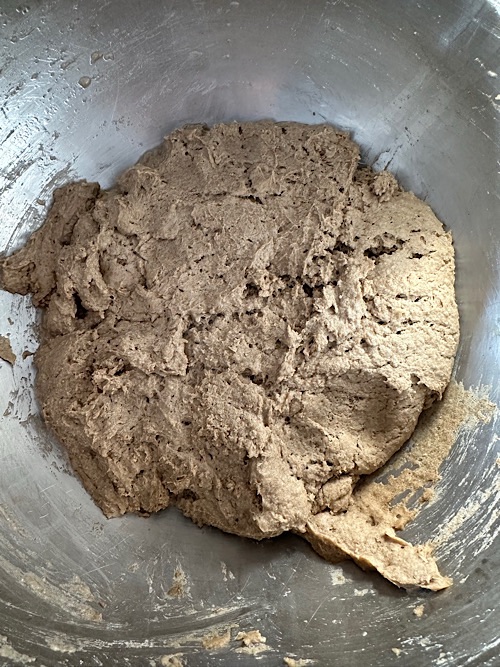
The strangest ingredient was something called “pre-cooked” or “pre-gelatinized” flour. It looked like glue basically:
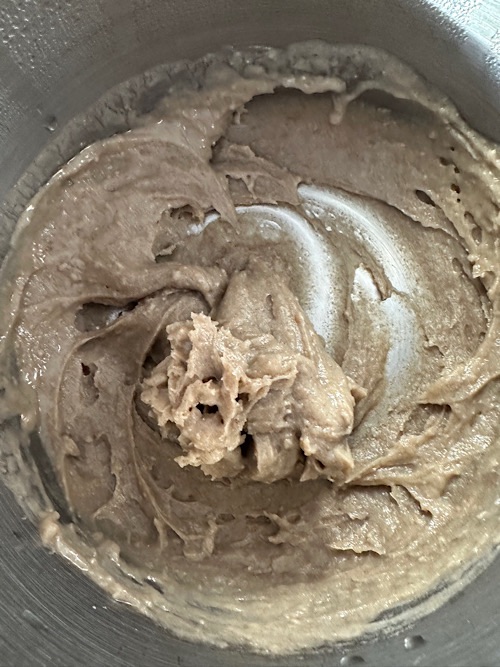
The website says it’s one of the unusual parts of the recipe, but is common in different cultures. I’ve never heard of it until now.
a portion of the flour and water are cooked beforehand with all of the salt to make what in Germany and Switzerland is known as a ‘kochstuck’ (literally ‘cooked part’). In modern baking parlance, this is known as ‘pre-gelatinised flour’ and forms the basis of many modern bread improvers. It exists in other traditions, for example ‘tang zhong’ in Chinese, ‘yu-dane’ in Japanese, or ‘water roux’ in…a mixture of French and English. You get the idea – it’s flour and water cooked until it thickens.
Wild Hearth Bakery’s Scottish Lowland Rye Bread Recipe
The bread turned out okay. Tasty, but not thoroughly cooked in the center. That can be remedied by adjusting the cooking temperature and timings next time. Also, Sam requested “seeded rye” so I will add some caraway seeds.
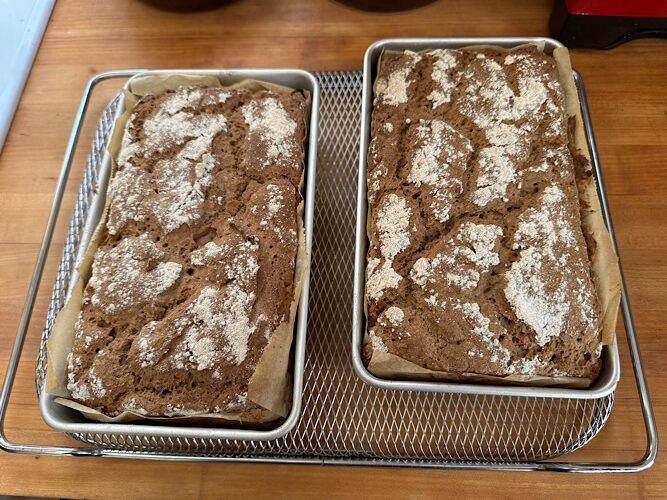
And on today’s walk, a nice pattern in the ice at Jellison’s Cove.
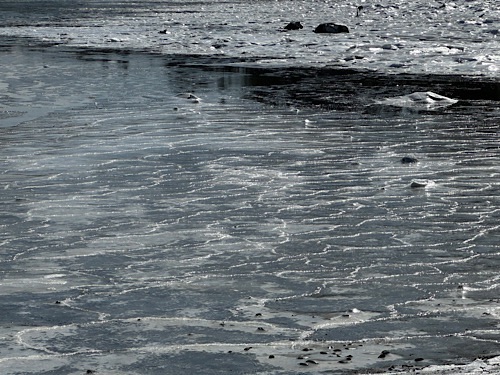
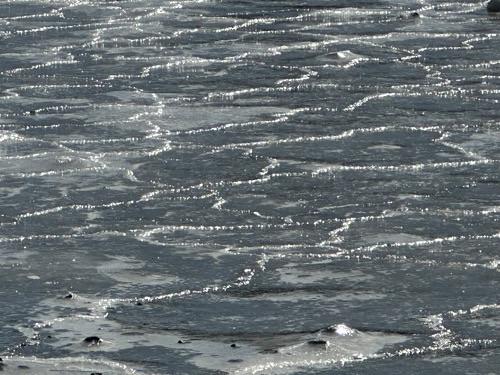
Catherine~ I’ve been known to love a good ‘Jewish Rye’ – I wonder how this differs in taste? I have a rye bread recipe from my mom’s best friend that she loved and I never tried.
The ribbons are such a pretty surprise.
Nancy
It’s different. More dense and moister, like those blocks of Danish rye bread you can sometimes find. If I added wheat flour, it might be more like “regular” rye bread.